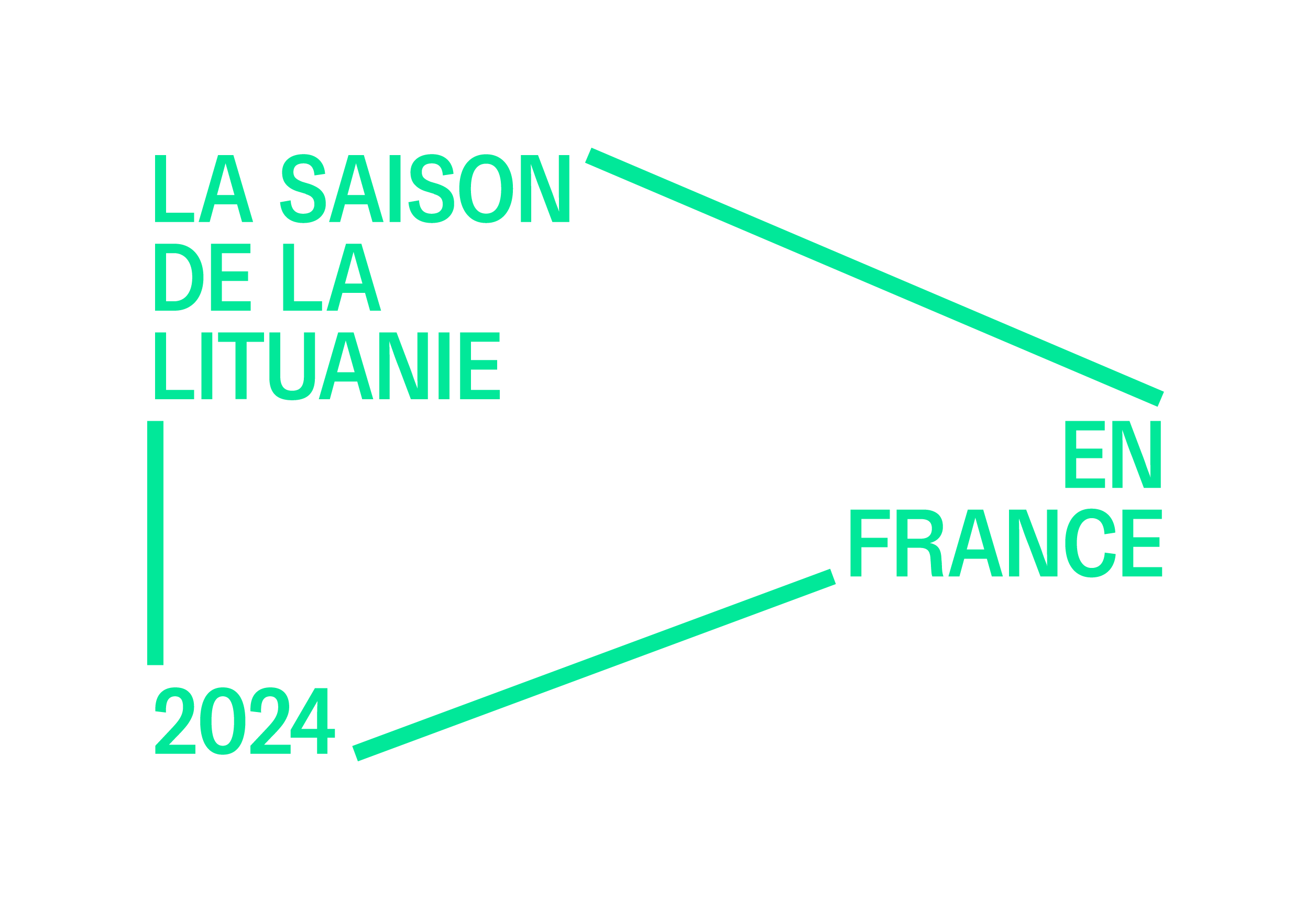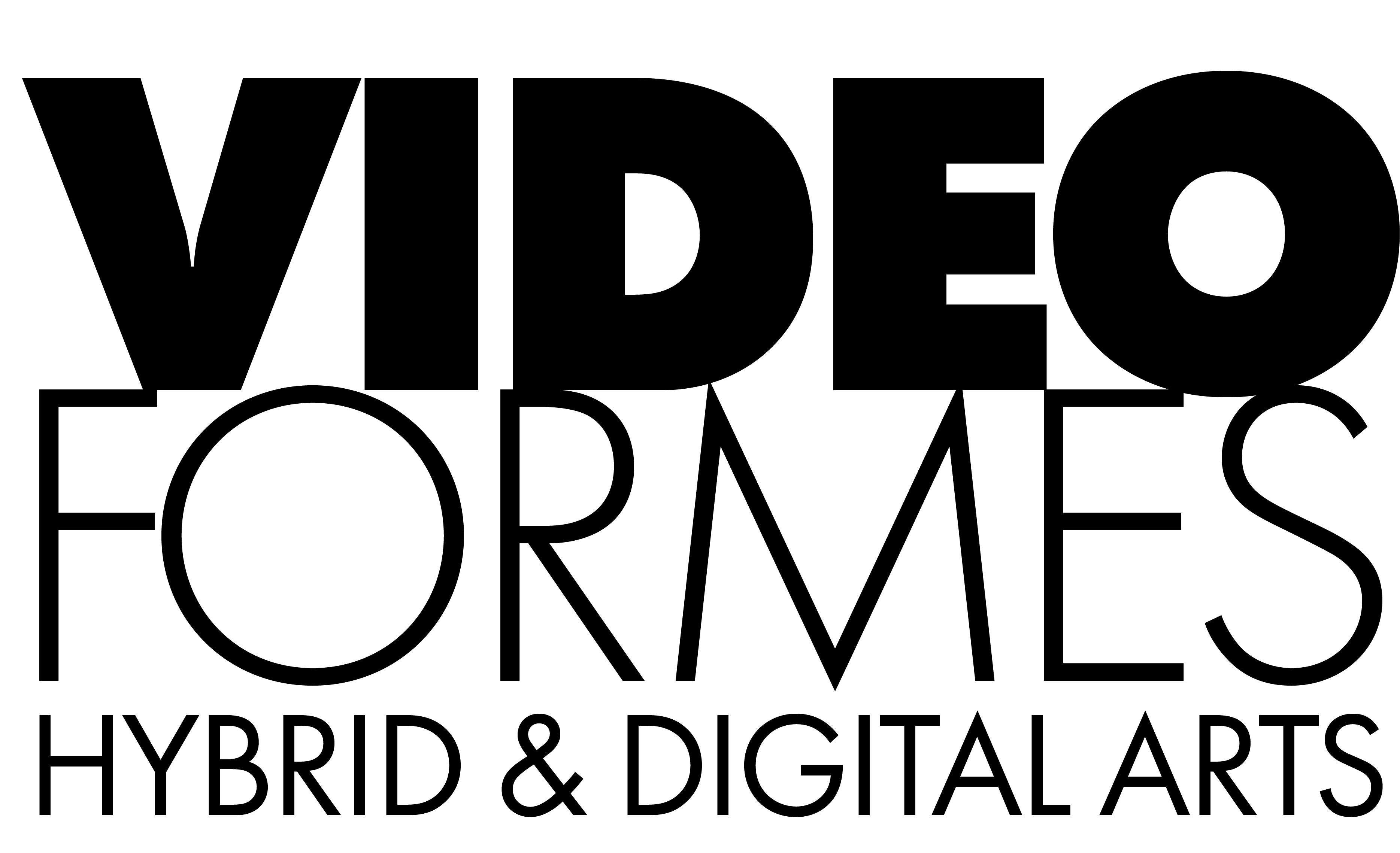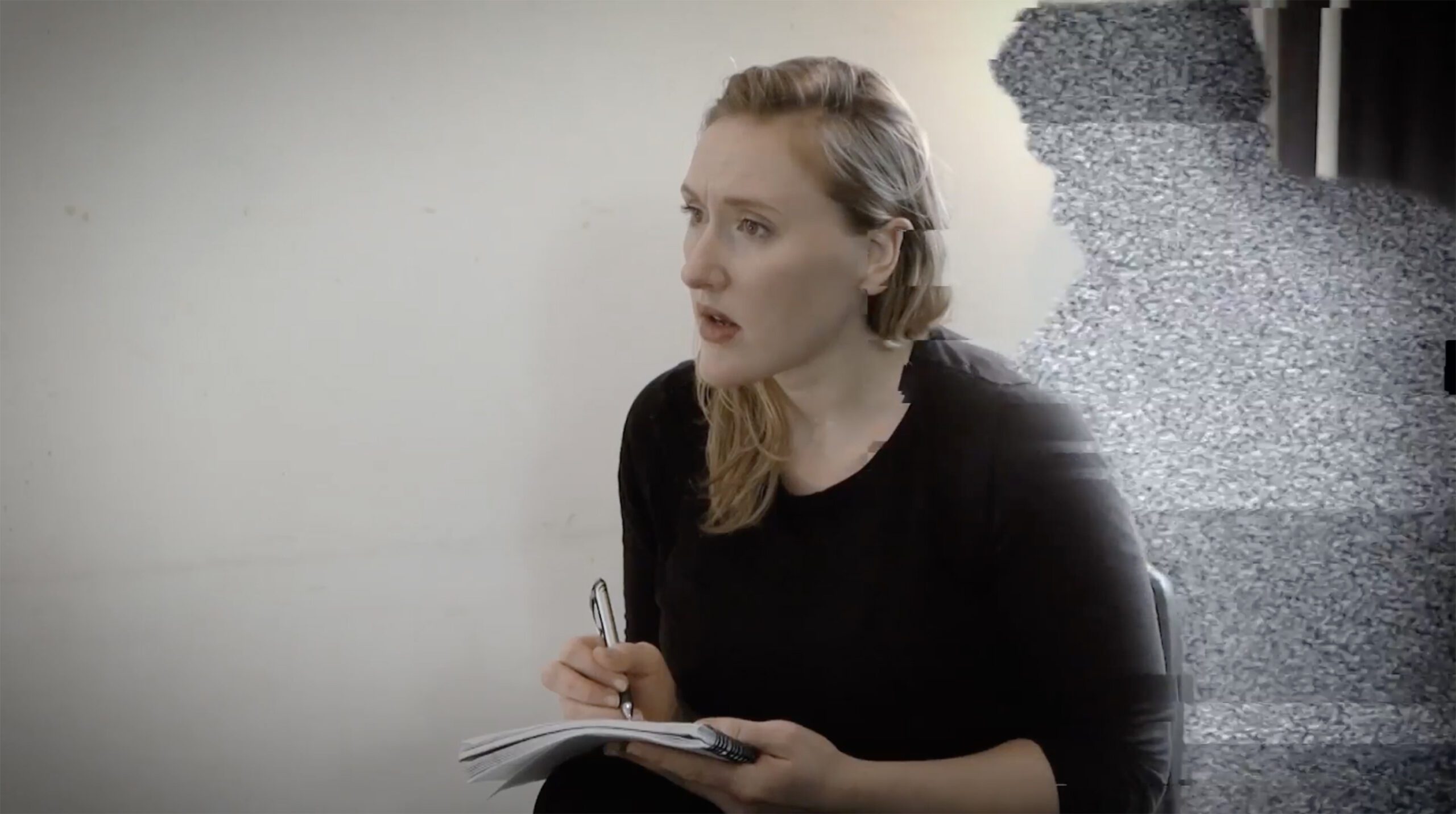This post is also available in: English (Anglais)
VIDEOFORMES présente :
BeComing
21 septembre > 6 octobre
Vernissage le 20 septembre à 18h30
Chapelle de l’Oratoire, 14 rue de l’Oratoire | Clermont-Ferrand | Entrée libre
Vernissage : 18h30 > 20h
Du mardi au samedi : 13h – 19h / dimanche : 14h – 18h / Fermé le lundi
Du 20 septembre au 6 octobre, VIDEOFORMES présente l’exposition BeComing à la Chapelle de l’Oratoire, dans le cadre de la Saison de la Lituanie en France, des Journées Européennes du Patrimoine et en collaboration avec la Galerie Meno Parkas (Kaunas, Lituanie).
Les artistes lituaniennes Aistė Ambrzevičiūtė, Patricija Gilytė et Simona Žemaitytė se consacrent aux thèmes de la nature, de l’humanité et des zones grises entre le numérique et la réalité.
Le projet BeComing cherche à explorer des questions contemporaines urgentes tout en amplifiant les voix marginalisées dans le monde de l’art. À travers des supports tels que l’art vidéo et l’installation, ces artistes proposent des réflexions sur les thèmes de la nature, de l’humanité et du féminisme, suscitant un dialogue et une introspection cruciaux.
L’architecture expérimentale d’Aistė Ambrazevičiūtė, qui ressemble à des lichens vivants, brouille les frontières entre le numérique et le réel, attirant les spectateurs dans un micro-monde infini. Les performances et installations vidéo de Patricija Gilytė, inspirées par la relation entre la nature et la culture, critiquent le consumérisme à travers le symbolisme du sapin et son voyage avant et après les festivités humaines. Quant à Simona Žemaitytė, son exploration de la mort et de l’héritage culturel remet en question les normes et les peurs de la société, invitant le public à se confronter au rideau opaque de la mortalité.
Reflétant le discours féministe contemporain, ces œuvres encouragent la bienveillance comme une façon de voir le monde, en explorant les points de contact entre l’humanité, la culture et la nature. Alors que la société est aux prises avec la cohabitation écologique et la transformation de la vie, ces artistes proposent des solutions futuristes et des réflexions poignantes sur le don et le contre-don de la nature, explorant les croisements entre le monde numérique et le monde réel.
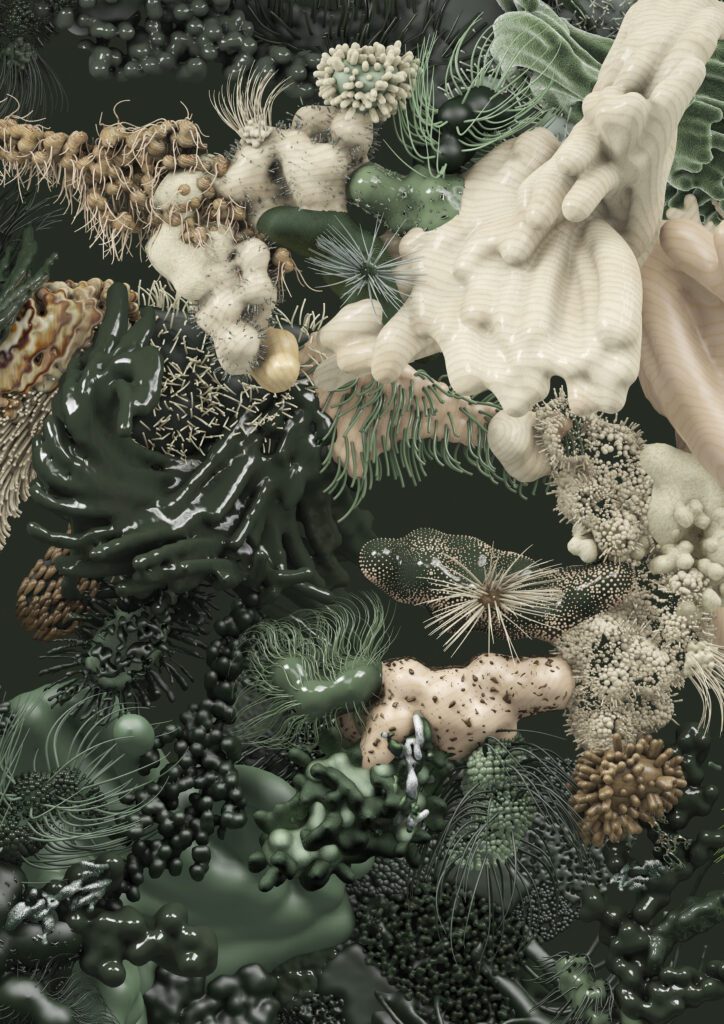
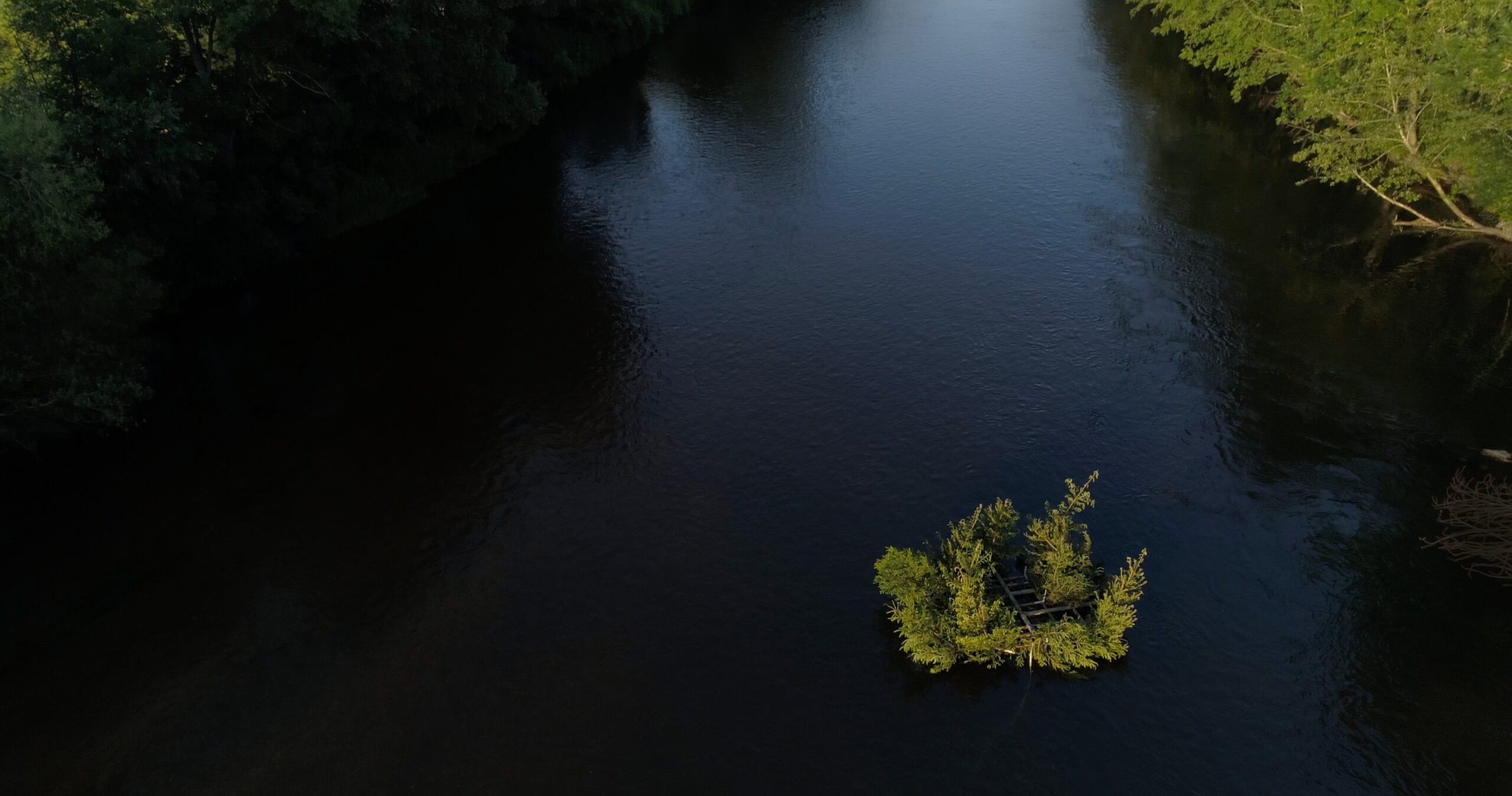
From 20 September to 6 October, VIDEOFORMES presents the BeComing exhibition at the Chapelle de l’Oratoire, featuring Lithuanian artists Aistė Ambrzevičiūtė, Patricija Gilytė and Simona Žemaitytė, as part of the Saison de la Lituanie en France , the European Heritage Days, and in collaboration with Meno Parkas Gallery (Kaunas, Lithuania). They focus on the themes of nature, humanity and the grey areas between the digital and reality.
The project BeComing seeks to explore pressing contemporary issues while amplifying marginalized voices in the art world. Through mediums such as video art and installation, these artists offer reflections on themes of nature, humanity, and feminism, sparking crucial dialogue and introspection.
Danube Forest Raft, Patricija Gilytė
Aistė Ambrazevičiūtė’s experimental architecture, resembling living lichens, blurs the boundaries between digital and real, drawing viewers into an infinite micro-world.
Patricija Gilytė’s video performances and installations, inspired by the relationship between nature and culture, critique consumerism through the symbolism of the fir tree and its journey before and after human festivals.
Meanwhile, Simona Žemaitytė’s exploration of death and cultural heritage challenges societal norms and fears, inviting audiences to confront the opaque curtain of mortality.
Reflecting contemporary feminist discourse, the artworks foster care as a way of looking at the world, exploring points of contact between humanity, culture, and nature. As society grapples with ecological cohabitation and the transformation of life, these artists offer futuristic solutions and poignant reflections on nature’s giving and taking. Moreover, the artists’ exploration of the intersection between the digital and real worlds resonates deeply in an era of rapid technological advancement, prompting viewers to reconsider their perceptions of reality and the role of technology in shaping our understanding of nature and life.
Natiur Mortas, Simona Žemaitytė
